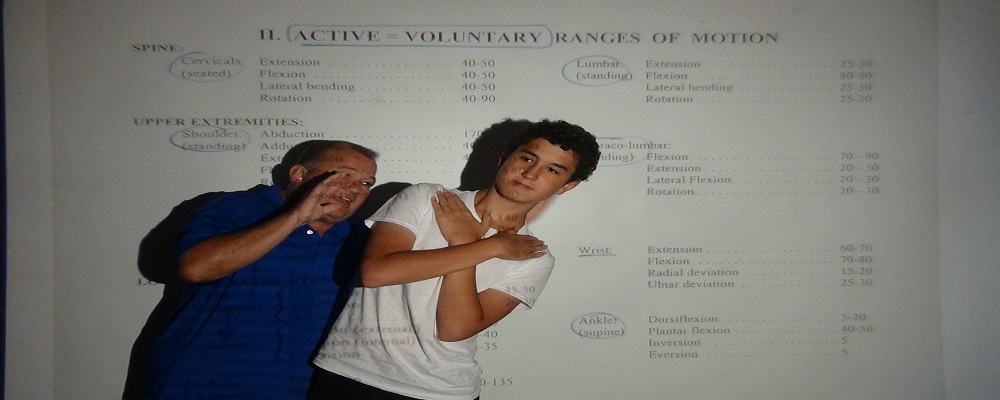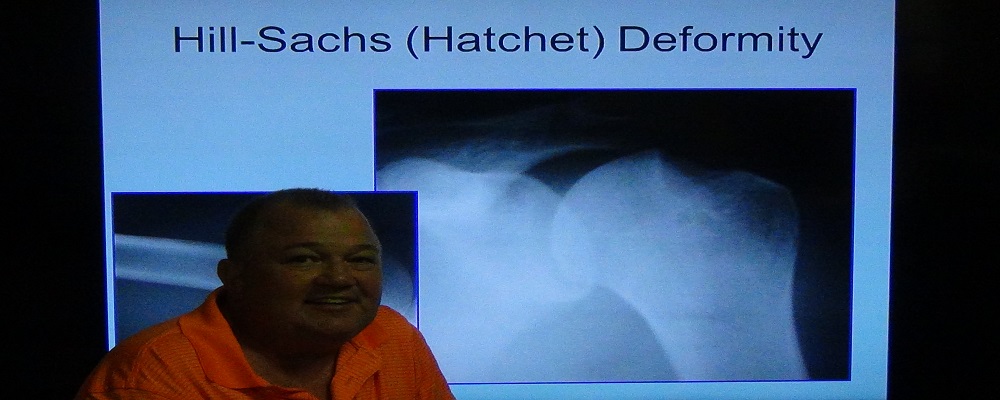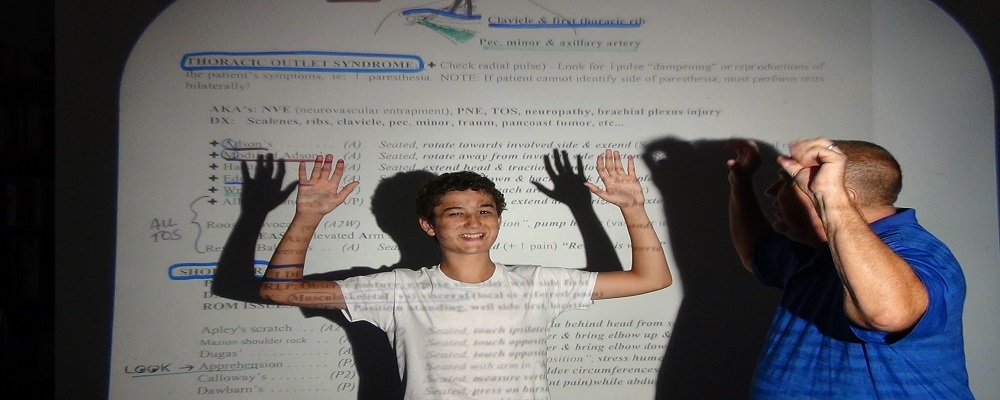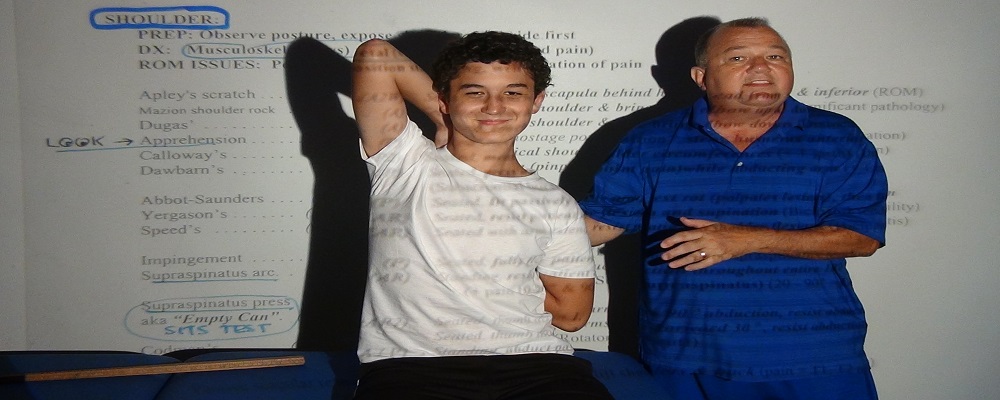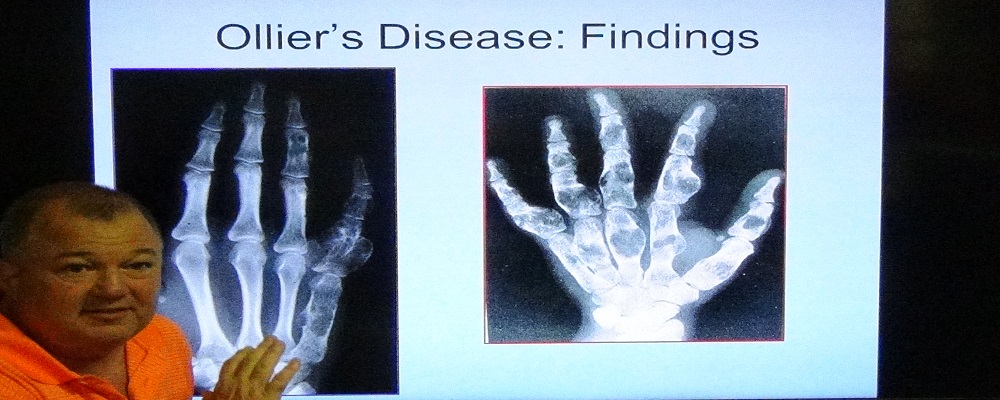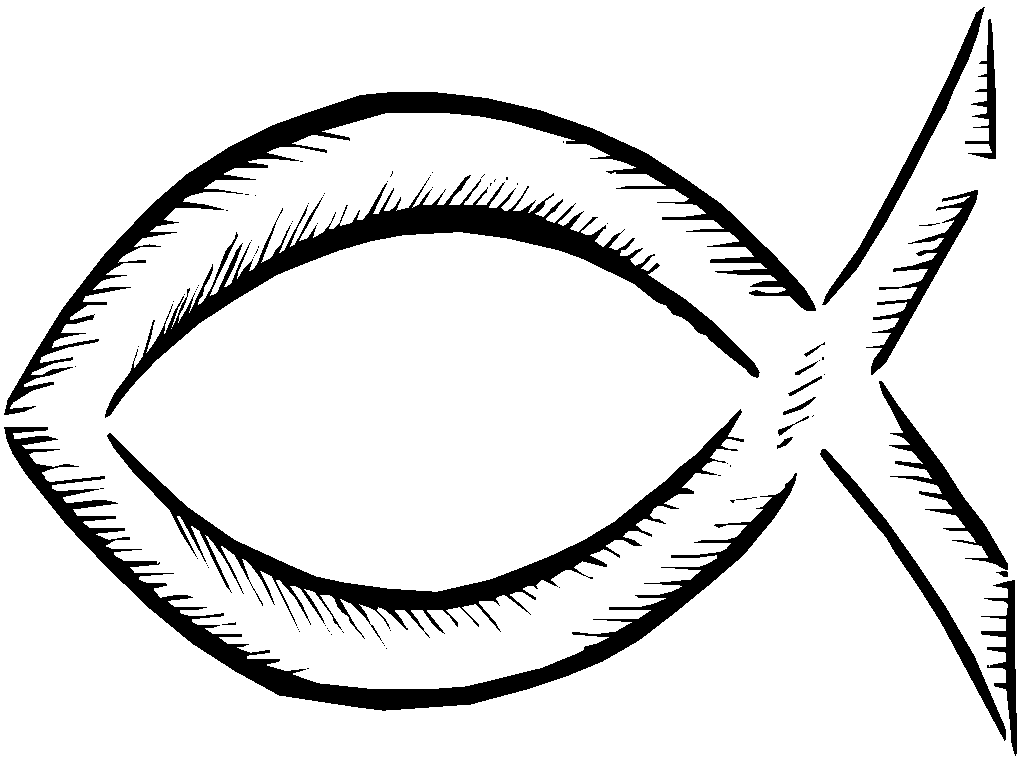Public Health include the following subcategories:
A. Definitions & Agencies
B. Wellness Issues
C. Environmental & Waste Issues
D. Vectors of Diseases
E. Mental Health Issues
F. Special Groups
G. Stats
H. Food & Nutrition Issues
Associated Clinical Science includes the following subcategories:
Geriatrics
A. Anatomic & physiologic process of aging
B. Geriatric disorders & case management
Dermatology
A. Types of skin lesions
B. Microbial infections
C. Tumors
D. Dermatitis
E. Scaling diseases
F. Vesicular & bullous diseases
G. Pigmentary disorders
H. Inflammatory reactions
I. Disorders of hair follicles & sebaceous glands
Sexually Transmitted Diseases
A. Gonorrhea
B. Syphilis
C. AIDS
D. Chlamydia
E. Herpes
F. Other
Toxicology
A. Pharmacology
B. Poisoning
C. Environmental & occupational toxicology
Emergency Procedures
A. Cardiopulmonary arrest
B. Poisoning
C. Thermal injuries
D. Shock
E. Head and spinal injuries
F. Choking
G. Fractures, dislocations, strains & sprains
H. Other
Psychology
A. Theories & general concepts
B. Mental & emotional disorders
C. Assessment methods & case management
Gynecology and Obstetrics
A. Gynecological examination
B. Breast examination & disorders
C. Gynecological disease & abnormalities
D. Pregnancy
E. Labor & delivery
F. Postpartum
G. Obstetric disorders
Pediatrics
A. Care of newborn
B. Growth & development
C. Congenital disorders
D. Childhood infectious diseases
E. Pathological conditions & childhood injuries
F. Emotional disorders & learning disabilities
G. Nutritional problems
Jurisprudence, Ethics and Basic Economics
Chiropractic Practice include the following subcategories:
Spinal Analysis and Patient Evaluation
A. Case history & observation findings
B. Manual examination of the spine & extremities
C. Diagnostic procedures
Chiropractic Adjustive Technique
A. Cervical techniques
B. Thoracic techniques
C. Lumbar techniques
D. Pelvic techniques
E. Costal & extremity techniques
Patient Care
A. Case management
B. Contraindications for treatment
C. Home care, prevention & rehabilitation
Community Health and Wellness
A. Public health organizations
B. Healthy People initiatives
C. Screening activities for health promotion
D. Tobacco, alcohol & substance abuse
E. Exercise & healthy diet for obesity
F. Behavior theories & lifestyle change
G. Wellness counseling
Occupational and Environmental Health
A. Work-based health risks
B. Worker protection & ergonomics
C. Injury & violence
D. Impact of environment on human health
E. Pollution & wastes
Principles of Chiropractic include the following subcategories:
The Chiropractic Paradigm
Concepts of Subluxation and Spinal Lesions
A. Proprioceptive insult/somatosomatic reflex models
B. Neural compression/traction models
C. Visceral reflex models
D. Vascular insufficiency models
E. Axonal aberration/trophic models
F. Neuroimmunomodulation models
G. Biomechanical models
H. Other
Basic Science Concepts in Chiropractic
A. Anatomical
B. Pathophysiological
C. Biomechanical
Applied Chiropractic Principles
A. Subluxation etiologies
B. General effects of adjustment & manipulation
C. Wellness
Diagnostic Imaging includes the following subcategories:
X-ray Technology
A. Physics & principles
B. Quality assurance
C. Radiographic imaging
D. Radiologic protection
Radiographic Positioning and Normal Anatomy
A. Spine and pelvis
B. Extremities
C. Thorax & abdomen
Imaging Diagnosis or Clinical Impression
A. Congenital anomalies & normal variants
B. Trauma
C. Arthritides
D. Tumors/tumor-like processes
E. Nutritional, metabolic & endocrine conditions
F. Hematologic conditions
G. Infectious conditions
H. Misellaneous skeletal conditions
I. Thoracic & abdominal conditions
Methods of Interpretation
A. Biomechanical analysis/mensuration procedures
B. Imaging interpretation and report writing
Clinical Applications of Special Imaging
A. MRI
B. CT
C. Miscellaneous

